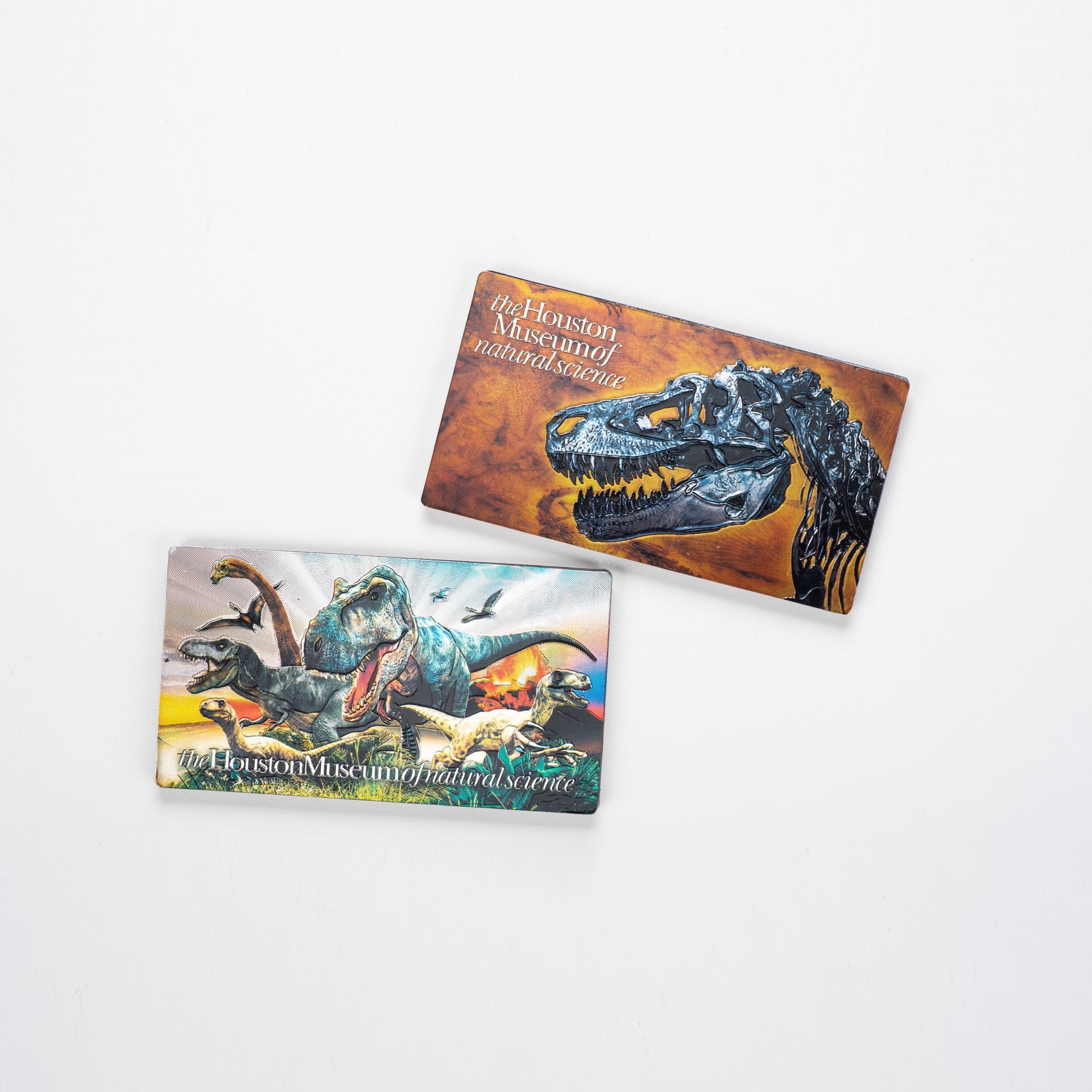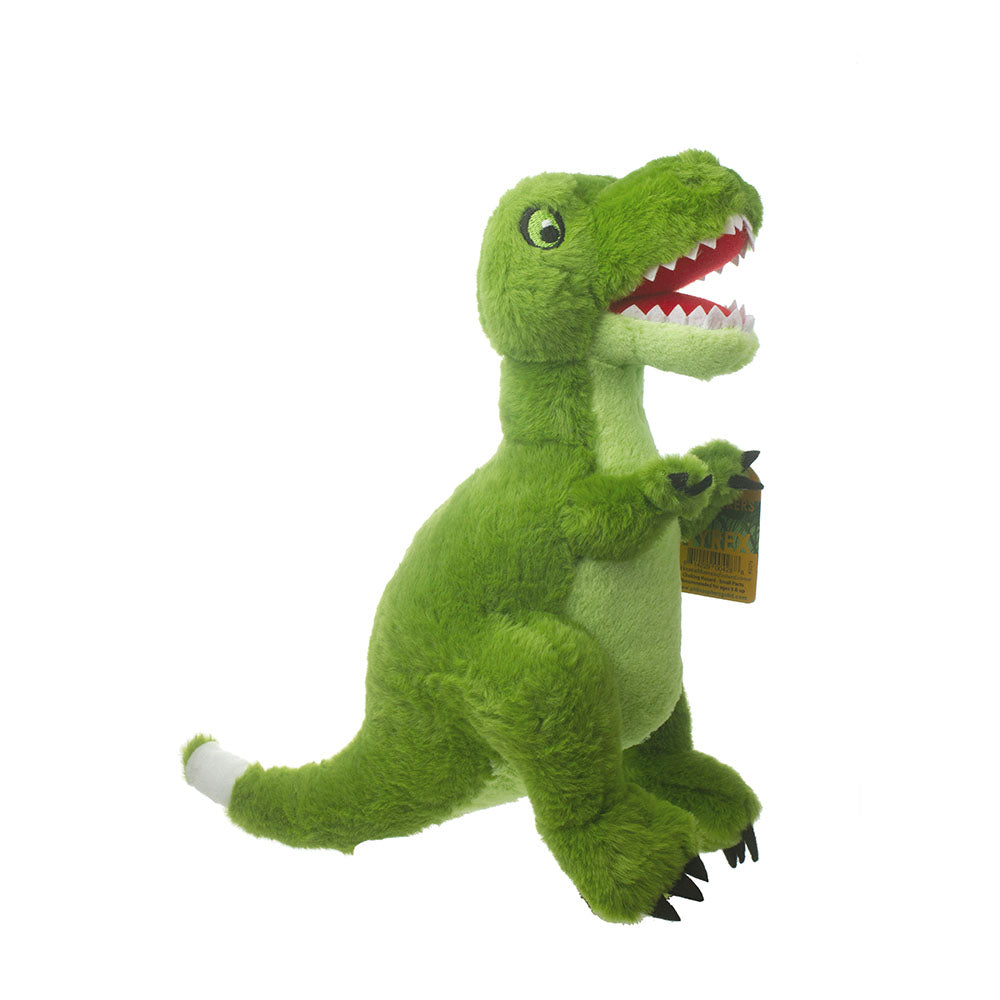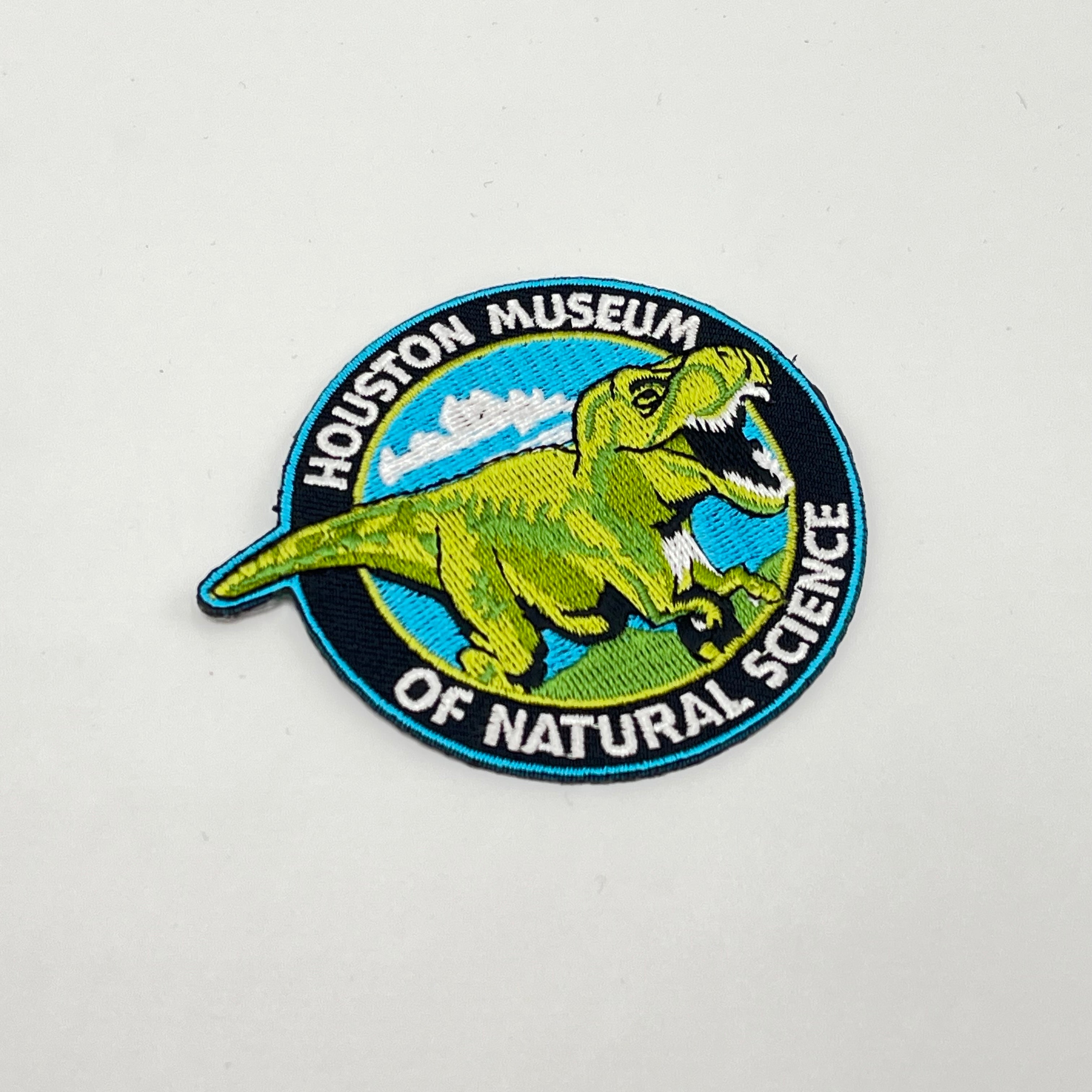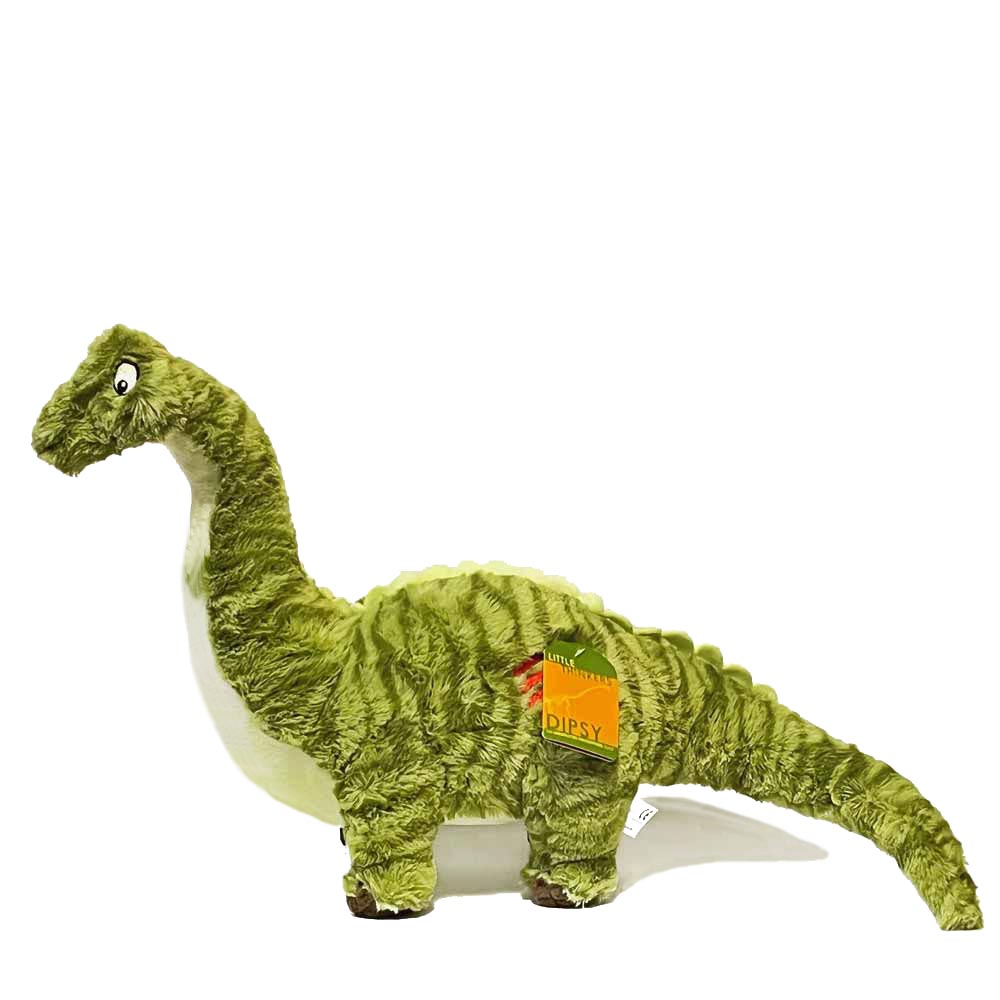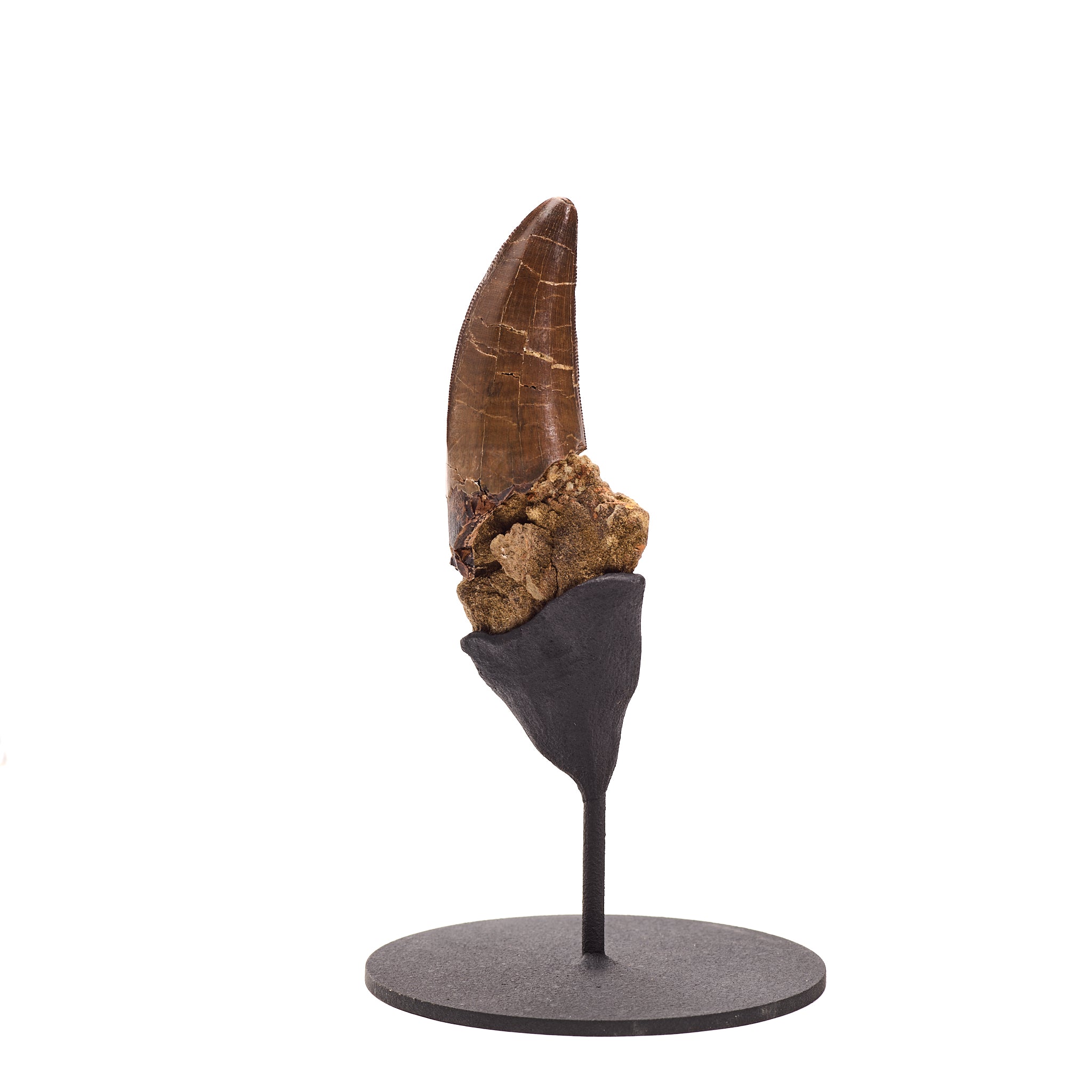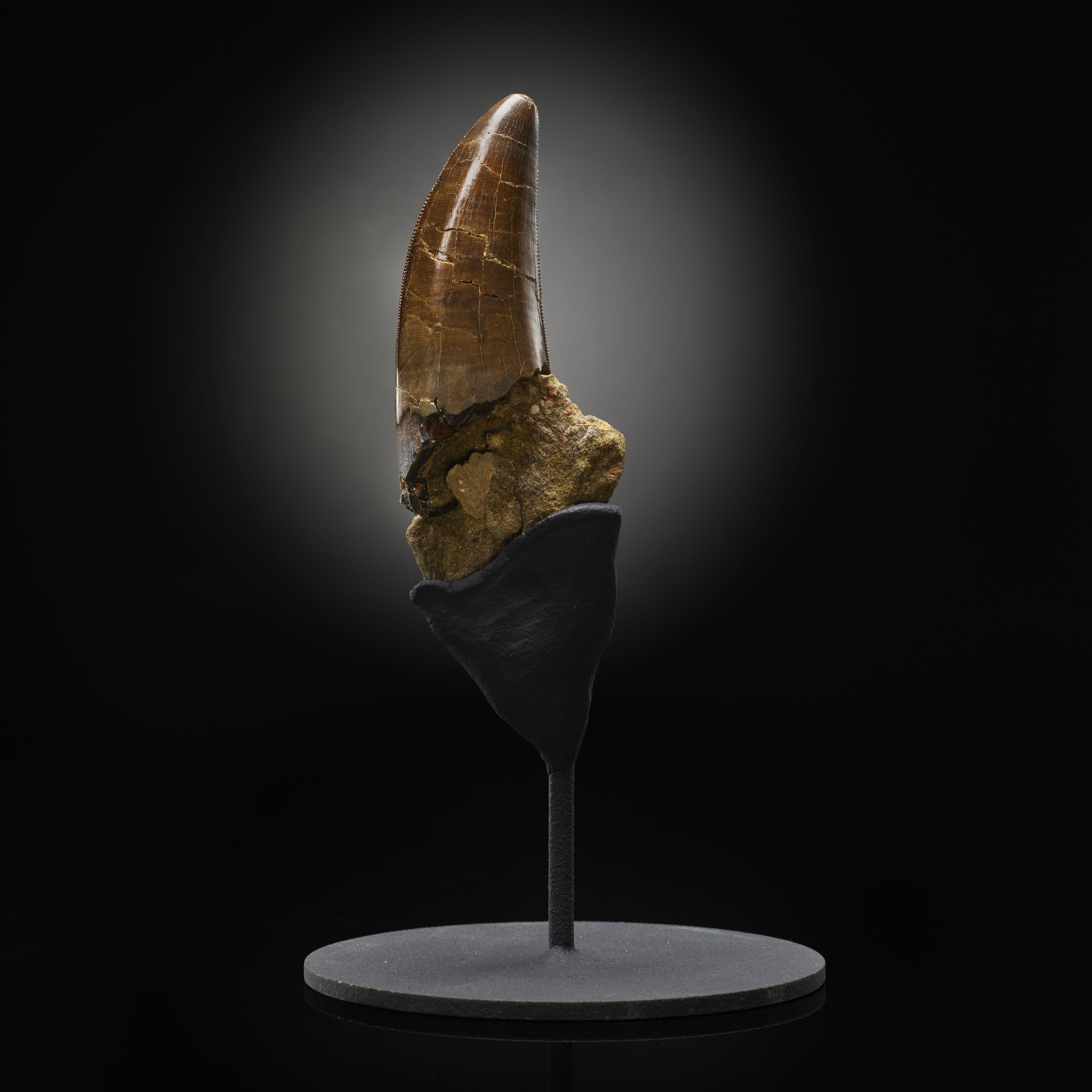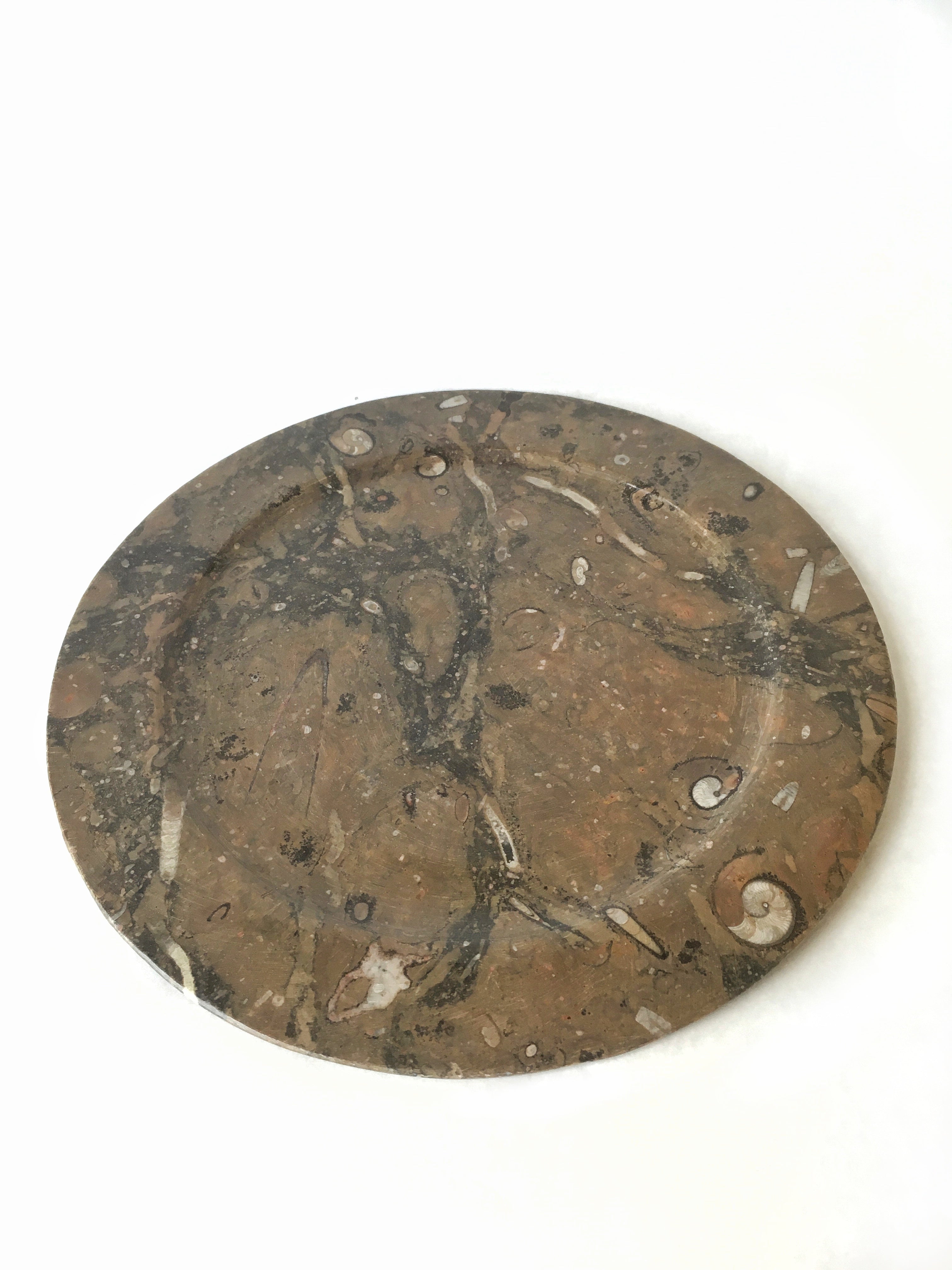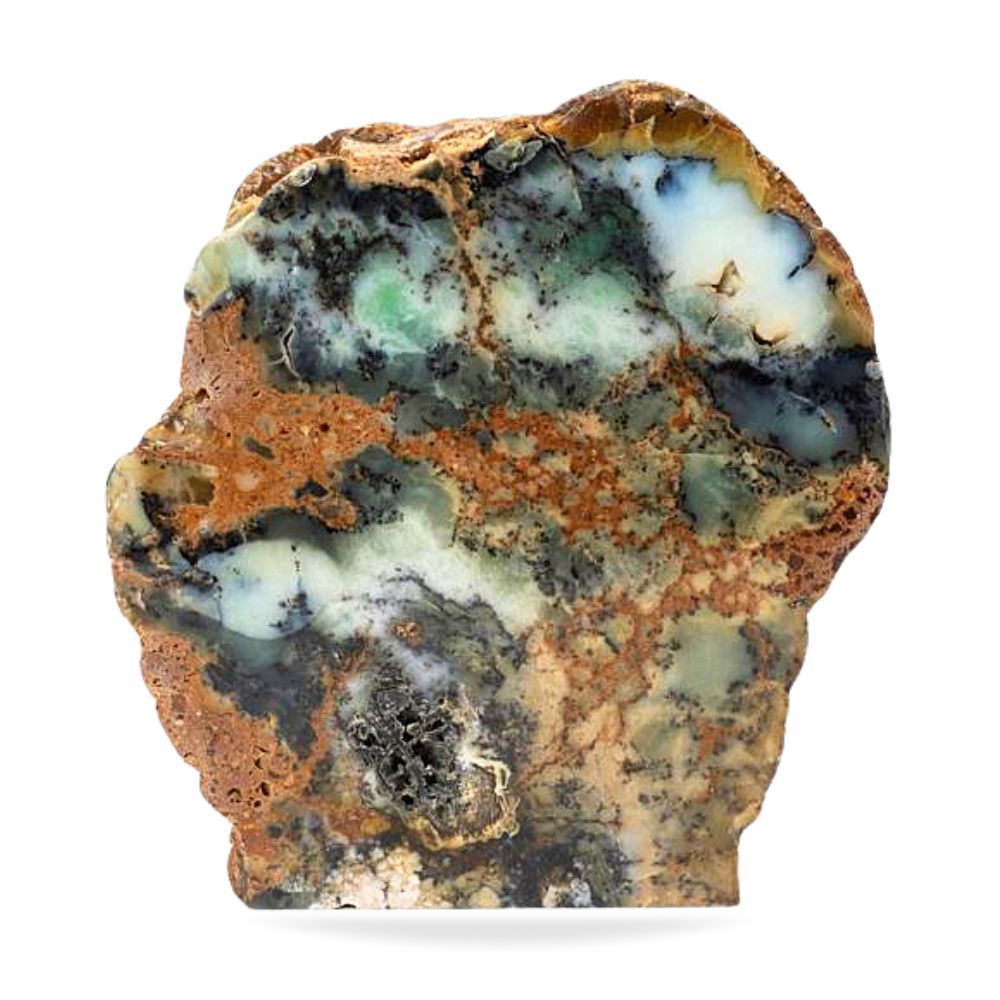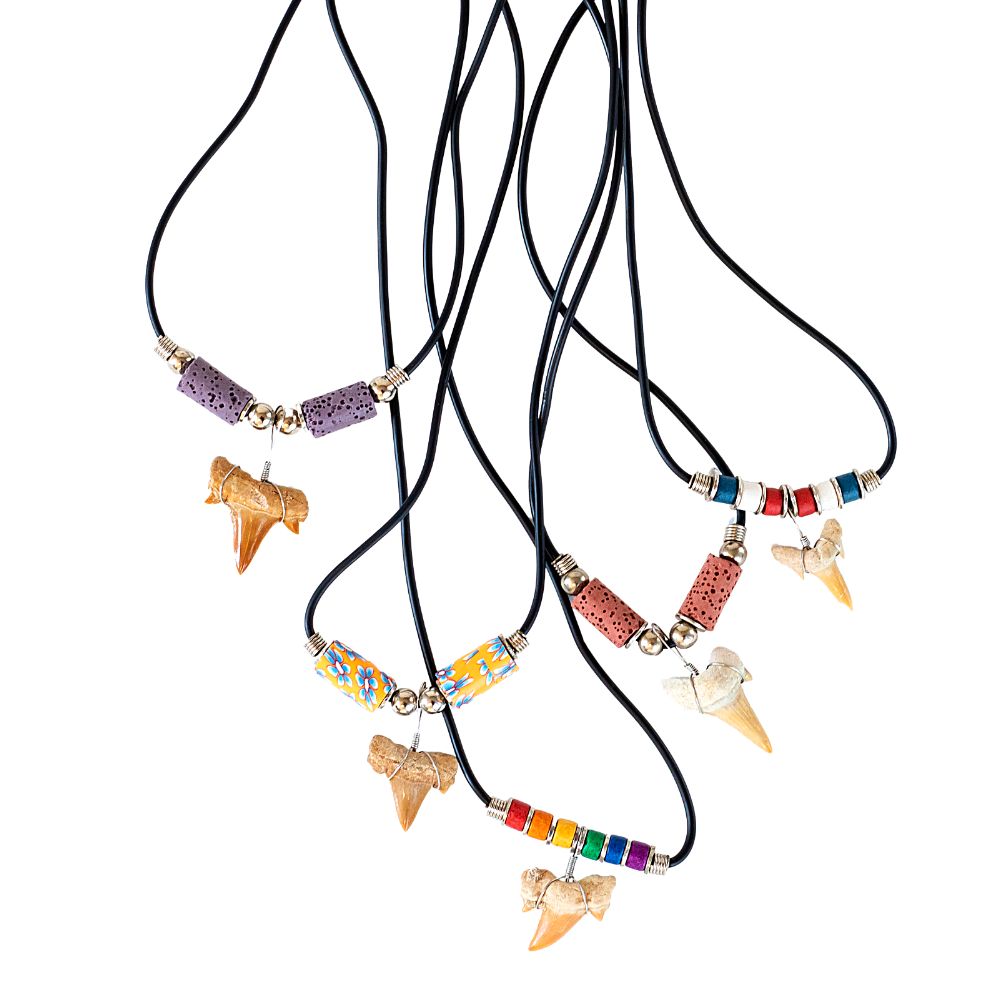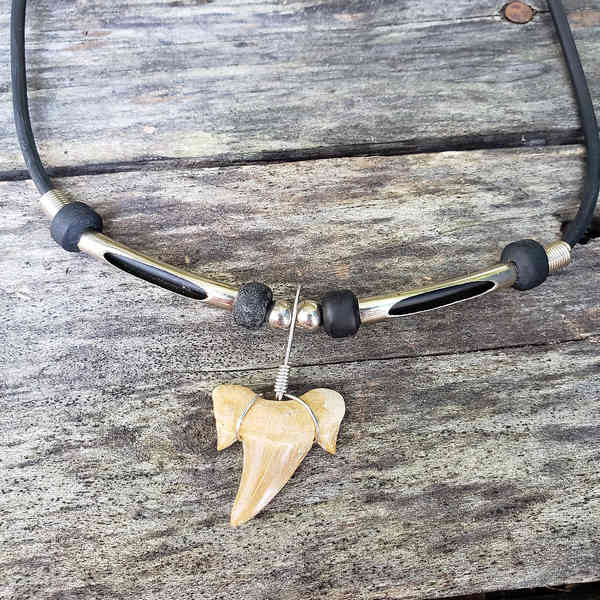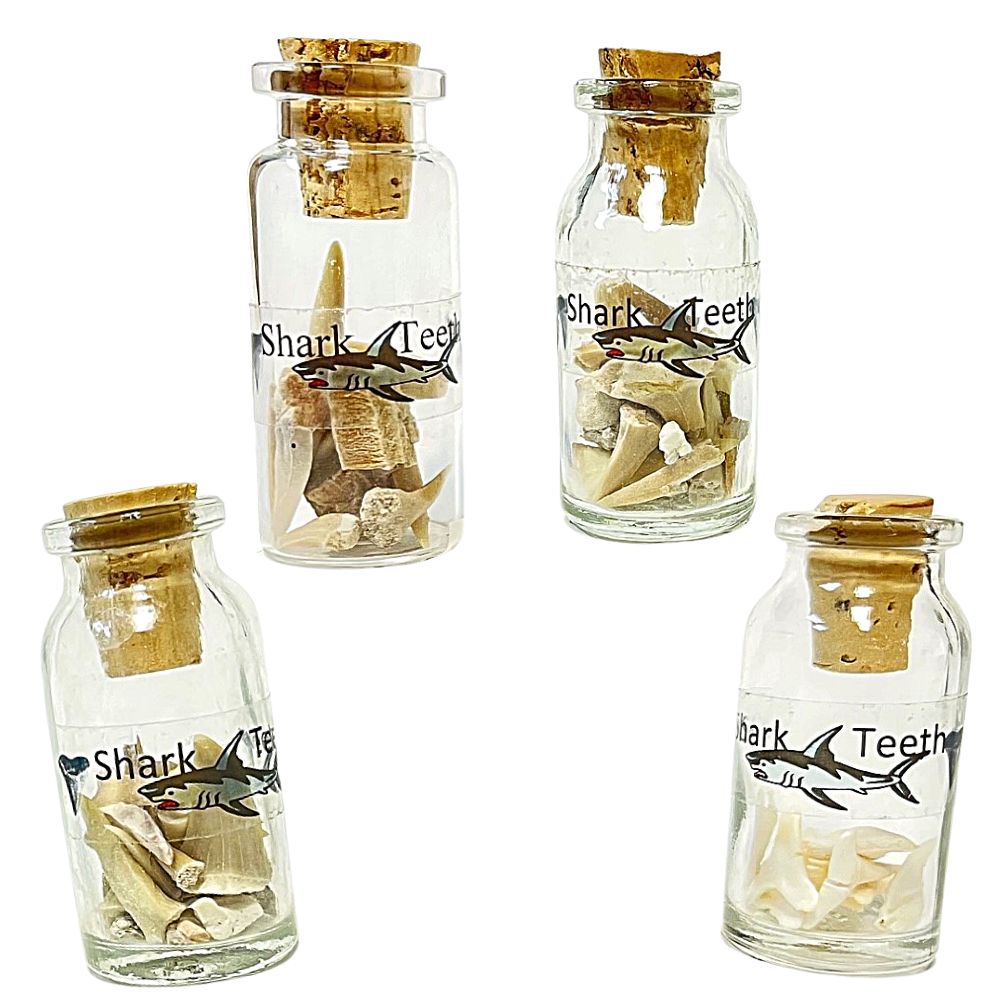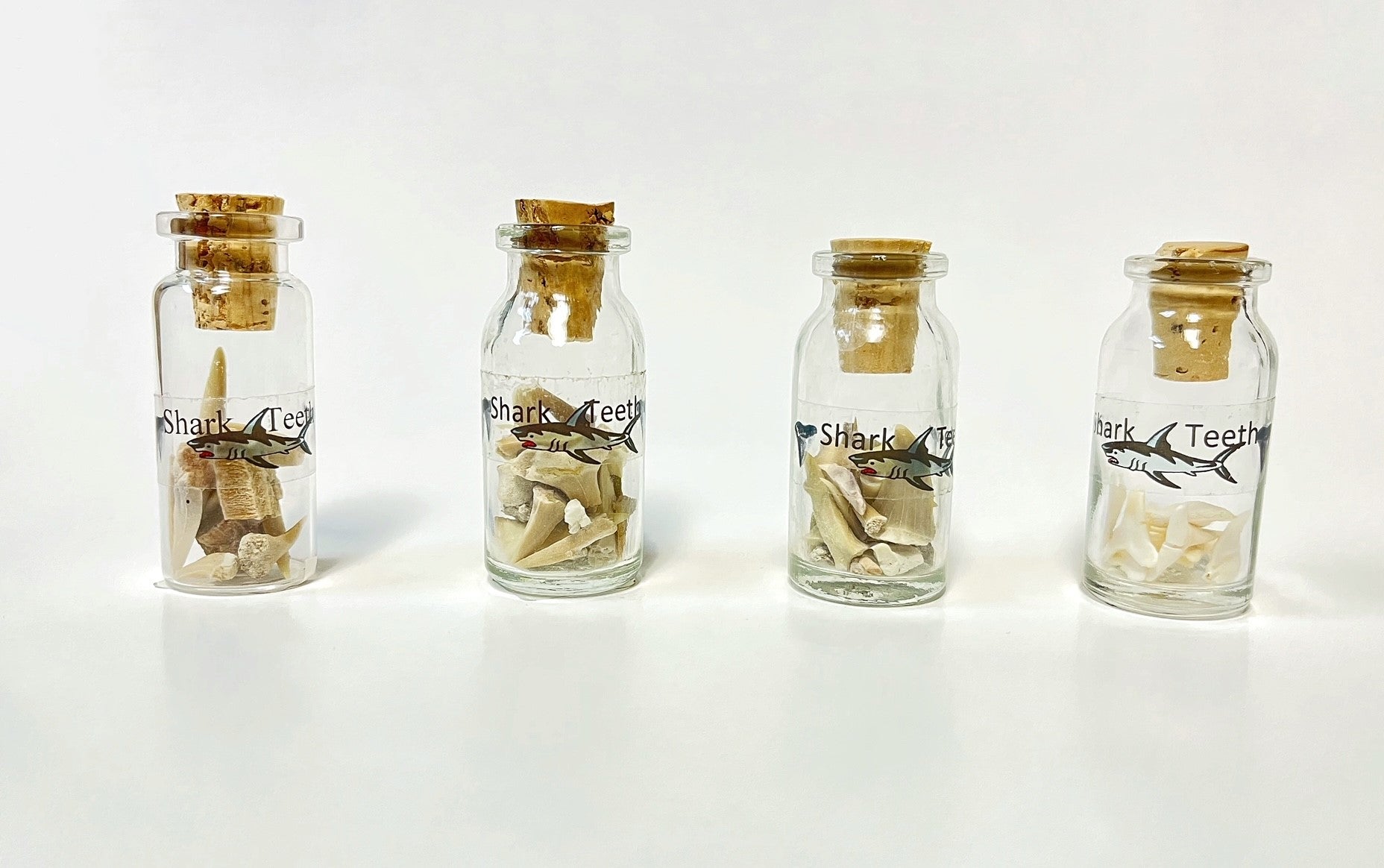T. rex Tooth Fossil on Matrix and Stand, Lance Creek Formation
T. rex Tooth Fossil on Matrix and Stand, Lance Creek Formation
- Fast Fulfillment
- Secure payments
- Low stock - 1 item left
- Inventory on the way
Perhaps the most famous of all dinosaurs, Tyrannosaurus rex (abbreviated as T.rex, not T-Rex) was the largest terrestrial carnivore in North America 66 million years ago, in the Late Cretaceous period. With an adult size of 39-42 feet and 7-9 tons, this formidable predator was also one of the largest terrestrial carnivores to ever live, second only to the African Spinosaurus and possibly rivaled by the South American Giganotosaurus.
Tyrannosaurus was likely an opportunistic predator, hunting when it could and scavenging when it couldn't, using its fantastic senses of sight and smell to track potential meals. When it did need to hunt, it had a pair of powerful jaws full of 6 inch teeth that could deliver over 4 tons of pressure per square inch when they bit down.
Their arms, by comparison, are infamously small. Tyrannosaurus rex is known from an abundance of well articulated specimens, including juveniles and subadults, so their growth patterns are well documented. It seems Tyrannosaurus grew relatively quickly, the first ten years reaching about a tenth of their adult size, then rapidly growing to their titanic adult forms in another ten.
Based on growth signs in adult specimens, it would seem that Tyrannosaurs rarely lived to be more than thirty, with most seeming to have died in their mid to late twenties. Based on pathologies of fossil bone, we can deduce that this was at least in part due to their dangerous adult lifestyle. Preying on well defended herbivores like Triceratops, Ankylosaurus, and large Hadrosaurs would have been a difficult undertaking, and healed injuries on the bones of these herbivores show that the hunts were not always successful. Nevertheless, this great predator was one of the largest and most fearsome of the carnivorous dinosaurs, and living at the end of their age, it comes as no surprise that it be dubbed such an imposing name as "Tyrant Lizard King".
The Lance Formation of Wyoming, which dates back to the Late Cretaceous period between 66 and 69 million years ago, is home to a wide variety of both dinosaur fossils and assorted small vertebrates. During the Cretaceous, this midwestern formation would have been comprised of streams connected to the large Western Interior Seaway which split continental North America in half down the Midwest. As a result of the subtropical climate and frequent rainfall, life flourished both on land and in the sea. The frequent deposition of sediment caused by the stream environment is what allows the Lance Formation to be such a fertile fossil site.
7 inches tall, 4 inch diameter base
This Item is Eligible for Shipping
FREE Standard Shipping on all Continental U.S. orders of $125 or more.
All other Orders ship for a Flat-Fee of $12.95
For more information, please see our Shipping Policy.



